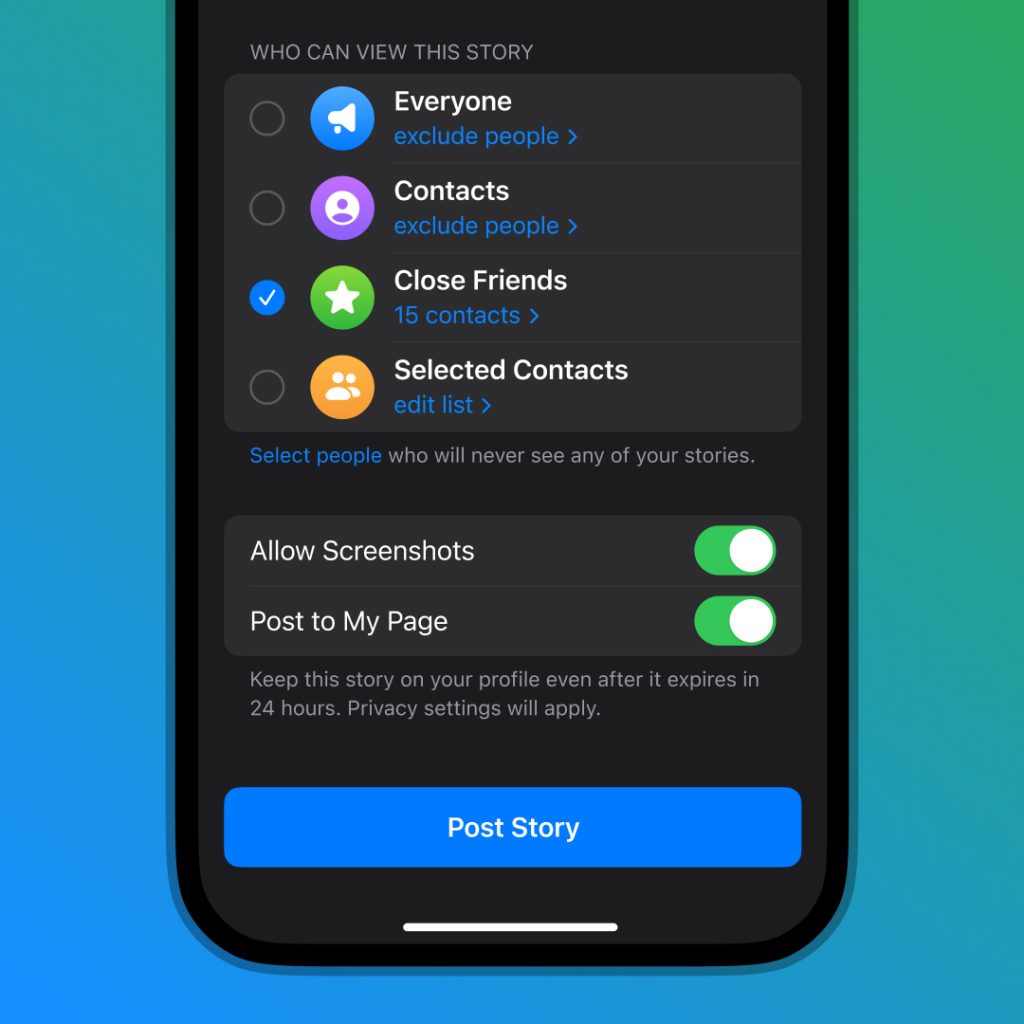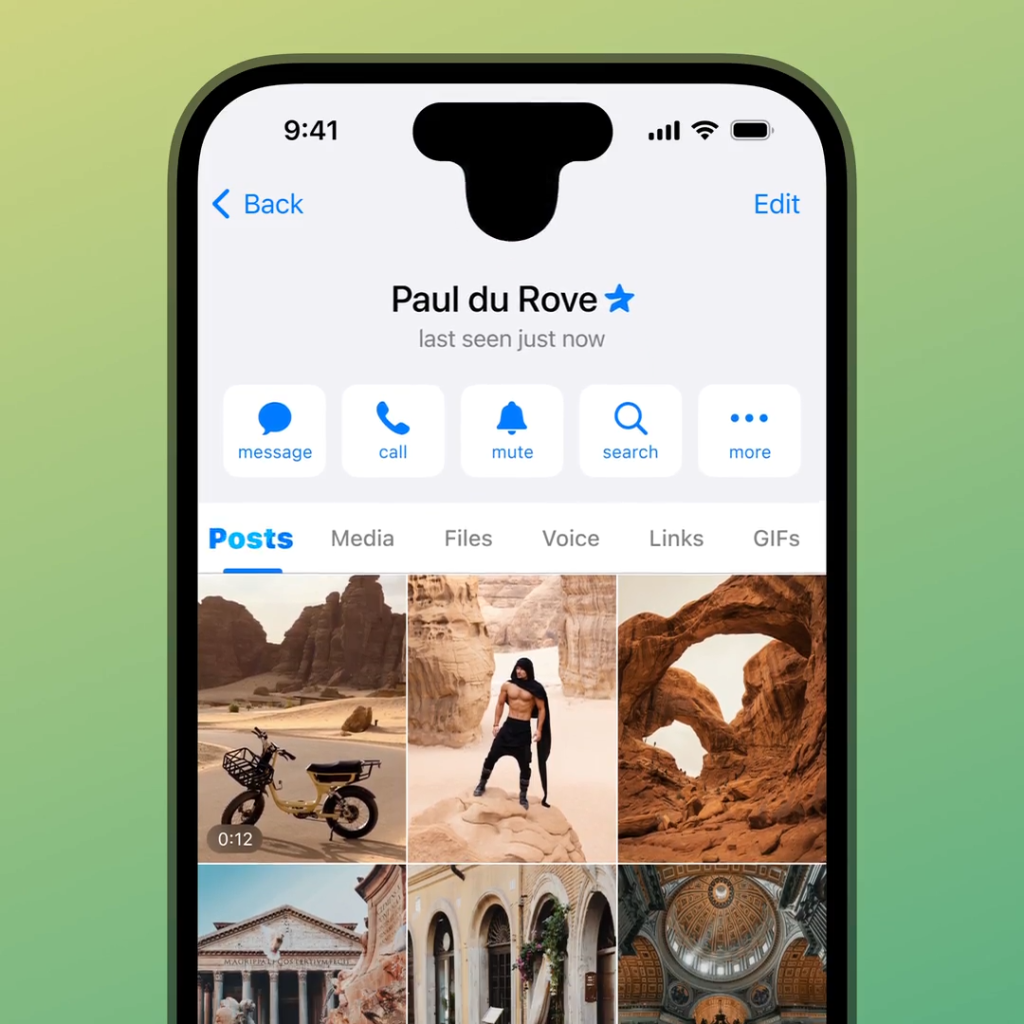
To create a Trust Wallet app, you’ll need to set up a development environment, design a user-friendly interface, integrate blockchain technology, and ensure robust security measures.
Understanding Trust Wallet
What is Trust Wallet?
Trust Wallet is a decentralized, non-custodial mobile wallet designed for the secure management and storage of a wide variety of cryptocurrencies. Launched in 2017, Trust Wallet has quickly become one of the most popular cryptocurrency wallets due to its user-friendly interface and robust security features.
- Decentralized Wallet: As a non-custodial wallet, Trust Wallet ensures that users have complete control over their private keys and funds.
- Multi-Currency Support: Trust Wallet supports a vast range of cryptocurrencies, including Bitcoin, Ethereum, Binance Coin, and many others.
- Cross-Platform Availability: Trust Wallet is available on both iOS and Android platforms, making it accessible to a wide user base.
Key Features of Trust Wallet
Trust Wallet offers several key features that make it a preferred choice for cryptocurrency users.
Secure Storage
- Private Key Management: Trust Wallet allows users to store their private keys locally on their devices, ensuring maximum security and control.
- Encryption: The app uses advanced encryption methods to protect users’ private keys and sensitive information.
Decentralized Exchange Support
- Integrated DEX: Trust Wallet includes a built-in decentralized exchange, allowing users to trade cryptocurrencies directly within the app without the need for a third-party exchange.
- Liquidity Providers: By connecting to various liquidity providers, Trust Wallet ensures users get the best rates for their trades.
DApp Browser
- Access to DApps: Trust Wallet features an integrated DApp browser, enabling users to explore and interact with a wide range of decentralized applications directly from the wallet.
- Secure Interactions: The DApp browser ensures secure interactions with decentralized applications, maintaining the user’s privacy and security.
User-Friendly Interface
- Intuitive Design: Trust Wallet is known for its clean and intuitive user interface, making it easy for both beginners and experienced users to manage their digital assets.
- Multilingual Support: The app supports multiple languages, catering to a global audience.
Regular Updates
- Continuous Improvement: Trust Wallet’s development team regularly updates the app to introduce new features, enhance security, and fix any bugs.
- User Feedback Integration: Updates often incorporate feedback from the user community, ensuring that the app meets the needs and expectations of its users.

Setting Up Development Environment
Required Tools and Software
Setting up the development environment for creating a Trust Wallet app involves several essential tools and software:
- Integrated Development Environment (IDE): Use a powerful IDE like Visual Studio Code or Android Studio for efficient coding and debugging.
- Node.js: Install Node.js for server-side development and to manage packages via npm (Node Package Manager).
- React Native: Trust Wallet is built using React Native, a popular framework for developing cross-platform mobile applications.
- Git: Version control system for tracking changes and collaborating with other developers.
- Mobile Device Emulators: Use Android Emulator and iOS Simulator for testing the app on different devices.
- Blockchain Development Tools: Tools like Ganache for creating a personal Ethereum blockchain and MetaMask for managing crypto transactions during development.
Installing Development Frameworks
After gathering the required tools, the next step is to install the necessary development frameworks:
- Install Node.js and npm:
- Download and install Node.js from the official website.
- Verify the installation by running
node -vandnpm -vin the terminal.
- Set Up React Native:
- Install React Native CLI globally using npm:
npm install -g react-native-cli. - Create a new React Native project:
react-native init TrustWalletApp.
- Install React Native CLI globally using npm:
- Configure IDE:
- Install relevant plugins and extensions in your chosen IDE, such as React Native Tools for Visual Studio Code.
- Configure the IDE to support JavaScript/TypeScript development.
- Install Git:
- Download and install Git from the official website.
- Set up Git with your user name and email:
git config --global user.name "Your Name"andgit config --global user.email "your.email@example.com".
- Set Up Mobile Emulators:
- For Android, install Android Studio and set up an Android Virtual Device (AVD).
- For iOS, use Xcode and configure the iOS Simulator.
- Blockchain Development Tools:
- Install Ganache for a local Ethereum blockchain:
npm install -g ganache-cli. - Set up MetaMask as a browser extension for managing Ethereum accounts during development.
- Install Ganache for a local Ethereum blockchain:
Creating the User Interface
Designing a User-Friendly Interface
Designing a user-friendly interface for the Trust Wallet app involves several key considerations to ensure a seamless and intuitive user experience:
- Simplicity: Keep the design simple and clean. Avoid clutter by using ample white space and focusing on essential elements.
- Navigation: Implement easy-to-use navigation with clear icons and labels. A bottom navigation bar can be effective for accessing main features.
- Consistency: Maintain consistency in colors, fonts, and design elements throughout the app to provide a cohesive experience.
- Accessibility: Ensure the app is accessible to all users by following accessibility guidelines, such as providing alternative text for images and ensuring sufficient color contrast.
- Responsiveness: Design the interface to be responsive to different screen sizes and orientations, providing a smooth experience on all devices.
Implementing User Interface Elements
After designing the interface, the next step is to implement the user interface elements using React Native components:
- Header: Create a header for the app that includes a logo and navigation buttons if necessary.
- Bottom Navigation: Implement a bottom navigation bar using the
react-navigationlibrary. Include icons and labels for each navigation item. - Wallet Balance: Display the user’s wallet balance in a clear and prominent manner.
- Transaction List: Use a list component to display recent transactions, providing users with an easy way to track their activity.
- Buttons and Inputs: Implement interactive elements such as buttons and input fields for various user actions, like sending or receiving cryptocurrencies.
- Notification Alerts: Design notification alerts for important updates, such as transaction confirmations or security warnings.

Integrating Blockchain Technology
Connecting to Blockchain Networks
Integrating blockchain technology into the Trust Wallet app involves connecting to various blockchain networks. Here’s how it can be done:
- Network Selection: Trust Wallet supports multiple blockchain networks, including Ethereum, Binance Smart Chain, and more. Ensure your app can switch between these networks seamlessly.
- API Integration: Use APIs provided by blockchain networks to interact with them. These APIs allow your app to query blockchain data, send transactions, and monitor network status.
- Node Connectivity: Establish connections to blockchain nodes. These nodes can be full nodes, light nodes, or third-party node providers that help facilitate blockchain interactions.
- Web3 Integration: Incorporate Web3 libraries to interact with blockchain networks. Web3.js for Ethereum and similar libraries for other blockchains enable your app to execute smart contracts and perform transactions.
Managing Private and Public Keys
Managing private and public keys is a crucial aspect of blockchain integration to ensure secure transactions and user control over their funds:
- Key Generation: Implement secure methods for generating private and public keys. This can include using cryptographic libraries that follow industry standards.
- Local Storage: Store private keys locally on the user’s device. Ensure these keys are encrypted and never leave the device to maintain security.
- Backup and Recovery: Provide users with a way to back up and recover their private keys. Typically, this involves generating a recovery phrase that users can write down and store securely.
- Encryption: Encrypt private keys using strong encryption algorithms to protect them from unauthorized access. This adds an additional layer of security.
- Transaction Signing: Use private keys to sign transactions locally on the device. This ensures that sensitive data never leaves the user’s device and that transactions are secure.
- Public Key Display: Display public keys and corresponding wallet addresses to users in a clear and user-friendly manner. These keys can be shared for receiving funds.

Implementing Security Measures
Encrypting User Data
Encrypting user data is a fundamental security measure to protect sensitive information within the Trust Wallet app. Here are the key steps:
- Data Encryption: Implement strong encryption algorithms such as AES-256 to encrypt sensitive data, including private keys and user credentials.
- Local Storage Encryption: Ensure that all sensitive data stored locally on the device is encrypted. This includes using secure storage solutions provided by the operating system, like Keychain for iOS and Keystore for Android.
- End-to-End Encryption: For any data transmitted over the network, use end-to-end encryption to protect it from interception. This typically involves using HTTPS for secure communication.
- Encryption Keys Management: Securely manage encryption keys, ensuring they are stored and handled in a way that minimizes the risk of unauthorized access.
Setting Up Biometric Authentication
Biometric authentication adds an extra layer of security by using the unique physical characteristics of users. Here’s how to implement it:
- Device Capabilities Check: First, check if the user’s device supports biometric authentication, such as fingerprint or facial recognition.
- Integration with OS: Utilize the biometric authentication APIs provided by the operating system. For iOS, use the Local Authentication framework, and for Android, use the BiometricPrompt API.
- User Consent: Ensure that users explicitly enable biometric authentication. This involves providing clear instructions and obtaining their consent.
- Fallback Mechanism: Implement a fallback mechanism, such as a PIN or password, in case biometric authentication fails or is not available.
- Secure Authentication: Use biometric authentication to unlock the app or authorize sensitive actions, like sending transactions. Ensure that the biometric data is never stored or transmitted and that only the result of the authentication (success or failure) is used.
- User Experience: Make the biometric authentication process seamless and user-friendly, providing clear prompts and feedback to guide users through the process.

Testing and Debugging
Conducting Unit Tests
Conducting unit tests is essential for ensuring the functionality and reliability of the Trust Wallet app. Here are the key steps:
- Test Coverage: Ensure that your unit tests cover all critical functionalities of the app, including key generation, transaction processing, and user interface elements.
- Automated Testing Frameworks: Use automated testing frameworks like Jest for JavaScript and React Native testing. These frameworks allow you to write and run tests efficiently.
- Writing Test Cases: Write comprehensive test cases that validate both expected outcomes and edge cases. Each function or module should have corresponding tests to verify its behavior.
- Continuous Integration: Integrate unit tests into a continuous integration (CI) pipeline. Tools like GitHub Actions or Jenkins can automatically run your tests whenever code changes are pushed to the repository.
- Mocking Dependencies: Use mocking libraries to simulate external dependencies and environments, ensuring your tests run consistently without requiring actual network or database access.
Identifying and Fixing Bugs
Identifying and fixing bugs is a crucial part of the development process to maintain the app’s stability and performance. Here’s how to approach it:
- Bug Tracking: Use a bug tracking system like Jira or GitHub Issues to log and track bugs. This helps in prioritizing and managing bug fixes efficiently.
- Reproduce Bugs: Start by reproducing the reported bugs in a controlled environment. Detailed steps and conditions under which the bug occurs should be documented.
- Debugging Tools: Utilize debugging tools available in your development environment. For React Native, tools like React Developer Tools and Chrome DevTools can be extremely helpful.
- Logging and Monitoring: Implement logging throughout your application to capture runtime errors and other critical information. Tools like Sentry can help monitor and report issues in real-time.
- Root Cause Analysis: Perform a root cause analysis to understand why the bug occurred and how it can be prevented in the future. This may involve reviewing code, analyzing logs, and testing different scenarios.
- Fixing and Testing: Once the bug is identified, apply the necessary fixes and run your test suite to ensure the fix does not introduce new issues. It’s also crucial to add new tests to cover the bug scenario to prevent regressions.
- User Feedback: After deploying the fix, gather feedback from users to confirm that the issue has been resolved effectively. Continuous user feedback helps in maintaining the quality and reliability of the app.

Launching and Maintaining the App
Deploying the App
Deploying the Trust Wallet app involves several key steps to ensure a successful launch:
- Build Preparation: Prepare the final build of your app by ensuring all features are tested, and the app is optimized for performance and security. Use build tools provided by your development environment (e.g., Xcode for iOS, Android Studio for Android).
- App Store Submission: Submit your app to the respective app stores (Apple App Store for iOS and Google Play Store for Android). This process includes creating a developer account, filling out necessary app details, uploading the app build, and adhering to store guidelines.
- Compliance and Review: Ensure your app complies with all guidelines and requirements of the app stores. This includes privacy policies, data handling practices, and other regulatory requirements. The app stores will review your submission, which can take several days.
- Release Management: Plan your release, including setting a launch date and preparing marketing materials. Consider a phased rollout to catch any unexpected issues before a full launch.
- Monitoring and Feedback: After deployment, monitor the app’s performance and user feedback closely. Use analytics and crash reporting tools to track app stability and user engagement.
Providing Regular Updates and Support
Maintaining the Trust Wallet app requires ongoing updates and support to enhance features and ensure security:
- User Feedback Integration: Regularly gather and analyze user feedback from app reviews, support channels, and social media. Use this feedback to prioritize new features and improvements.
- Scheduled Updates: Plan and schedule regular updates to introduce new features, performance improvements, and bug fixes. Ensure that updates are thoroughly tested before release.
- Security Patches: Promptly address any security vulnerabilities by releasing patches. Security is critical for a cryptocurrency wallet, and any issues should be resolved as a priority.
- Performance Monitoring: Continuously monitor the app’s performance using analytics tools. Track key performance indicators (KPIs) such as load times, crash rates, and user retention.
- Customer Support: Provide robust customer support through multiple channels, such as in-app support, email, and community forums. Ensure that users can easily get help and resolve issues.
- Documentation and Tutorials: Maintain comprehensive documentation and tutorials to help users understand how to use the app effectively. This can include guides, FAQs, and video tutorials.
- Community Engagement: Engage with the user community through forums, social media, and events. Building a strong community helps in gaining valuable insights and fostering user loyalty.
- Regulatory Compliance: Stay updated with regulatory changes and ensure the app remains compliant with local and international laws. This includes data privacy regulations and financial compliance for cryptocurrency transactions.